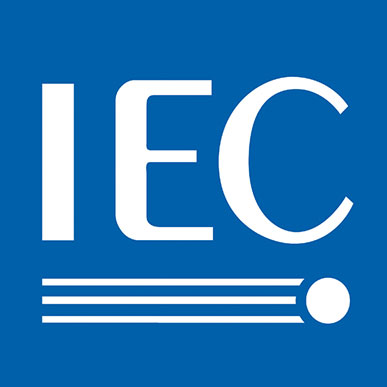
What is the IEC Standard? IEC TS 62446-3:2017(E) defines requirements for testing, documenting and maintaining photovoltaic systems and among those, outdoor thermographic (infrared) inspection of PV modules and plants in operation.
This inspection supports the preventive maintenance for fire protection, the availability of the system for power production, and the inspection of the quality of the PV modules. This document lays down requirements for the measurement equipment, ambient conditions, inspection procedure, inspection report, personnel qualification and a matrix for thermal abnormalities as a guideline for the inspection.
Why is IEC Compliance important? As with all best practices, an established and agreed-upon standard brings peace of mind that you are making the best possible effort to comply with industry norms. For those responsible for optimizing a solar site’s performance, following IEC standards validates their thermography processes.
Does your solar site HAVE TO comply 100% (such as for legal reasons)? This is not a black and white answer, but the benefit of compliance is that it makes your data appear stronger. For example, should you have a claim against a panel manufacturer, demonstrating that you comply with the IEC standard gives you more leverage in court cases because your process is standardized, delivering more credibility and authority. It also allows you to compare the performance of different elements or assets using the same baseline.
Is Sitemark IEC Compliant?
An important point to note is that IEC TS 62446-3 was originally written in 2005 for handheld inspections, therefore, there are several elements that are impossible or impractical to comply with when using a drone for data acquisition. At Sitemark, our goal is to identify the optimal balance between quality and operational excellence while still meeting the IEC standard. With this objective in mind, we have used the IEC standard as the basis to develop our thermography products.
1) Geometric resolution(IEC Page 9): The standard requires that you need a maximum Geometric resolution of 3cm/pixel. The reason you want a high resolution is so that you have sufficient measurements/temperature samples for every cell on the solar panel. The average solar cell size is 16x16cm. This means that the standard wants you to have about 25 measurements per cell to ensure that if you have some drifting pixels in your sensor, the measurement is not compromised. At Sitemark, we fly at 35 meters resulting in a resolution of 5cm/pixel or minimum 9 measurements per cell. However, we also offer the possibility to fly at 23 meters to comply with the 3cm/pix resolution. However, this multiplies the flight time by 2,5 which more than doubles the cost of data acquisition. It is easy to see why most clients would only use this option in specific rare cases such as difficult warranty claims.
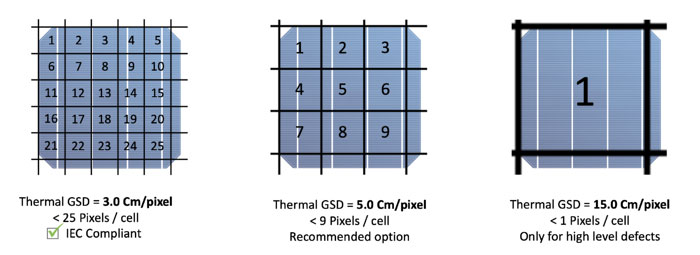
2) Ambient conditions (IEC Page 11): The Sitemark Fuse Platform supports weather data uploaded from a monitoring system or captured via a handheld device that the drone pilot brings onsite. Once uploaded, our platform provides global tilted irradiance, air temperature, relative humidity, wind speed, and wind direction. However, for flight planning, satellite-based data from Solargis is used to balance operational efficiency (cost) with practicality. The IEC standard requires weather measurements to be made onsite (impossible to capture from a drone); therefore, our pilots use a handheld irradiance tool (aka a pyranometer) to monitor live onsite to ensure the guidelines are respected. Check out our support article to learn more about the importance of having weather data in Sitemark Fuse.
3) A thorough solar site inspection includes both the panels and the BOS components (balance-of-system). The BOS components include cables, contacts, switches. Sadly, as magical as drones are, they cannot see into the electrical cabinets to evaluate the BOS equipment. And our 3rd party pilots are not qualified to do so, only certified electricians. However, with the inspection of the data in-house and the quality checks performed by certified thermographers*, we do highlight if we detect a problem that merits further investigation.
4) Emissivity: To avoid reflection of the thermal imaging camera or the operator in the glass, the camera should not be positioned perpendicularly to the module being inspected. However, emissivity is highest when the camera is perpendicular and decreases with an increasing angle. A viewing angle of 5–60° is a good compromise (where 0° is perpendicular). Is there a difference between systems with a large tilt angle and ones with a flatter angle? According to the IEC standard, emissivity changes, so temperatures could be slightly different. We currently don’t take that change in emissivity into account, and again, this is not a standard offering within the industry for drone-acquired data. But it is interesting to note that since a drone flies above the panels, they actually have a better perspective on panel angle (and therefore, emissivity) vs. being on the ground with a handheld instrument.
5) Irradiance levels: Irradiance is a measurement of solar power and is defined as the rate at which solar energy falls onto a surface. The unit of power is the Watt. In the case of solar irradiance, we measure the power per unit area, so irradiance is typically quoted as W/m² (e.g., watts per square meter). The highest solar generation during the day is usually from 11 am to 4 pm. The IEC standard indicates 600 W/m2 as a minimum of irradiance to fly. Sitemark uses satellite data from Solargis or onsite pyranometer data to confirm that the requirement is met and complies with the standard. The data from Solargis balance operational efficiency (cost) with practicality.
6) Solar anomaly numbering delivers a numbering for each anomaly detected with the accurate description of the location in the PV plant, which provides the customer a clear identification of the anomaly and the coordinates already included. Read this support article to find out more.
7) Remedial actions: Sitemark provides thermal anomaly types and visual anomaly causes. The causes are categorized in severity, and remedial actions are correlated with these. Check out this support article to find out more.
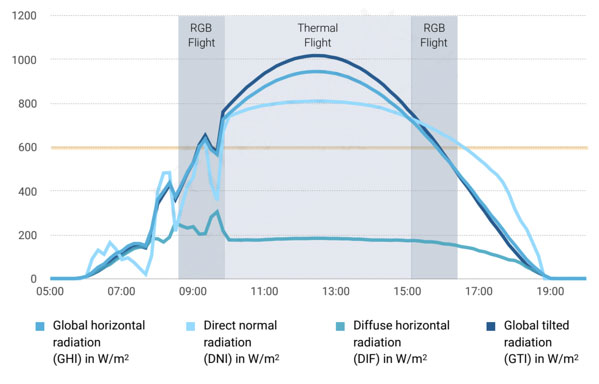
IEC compliance is important, so get in touch with our experienced team of certified thermographers if you still have questions regarding your specific situation. Sitemark has extensive experience in delivering the ideal balance between operational costs, efficiency and quality based on IEC standards.
*The IEC TS 62446-3 requires personnel to be certified based on German DIN EN ISO 9712 ASNT-SNT-TC-1A (for North and South America) or British BINDT PCN ISO 18436 (for EMEA, APAC and LA) or equivalent should be proven.

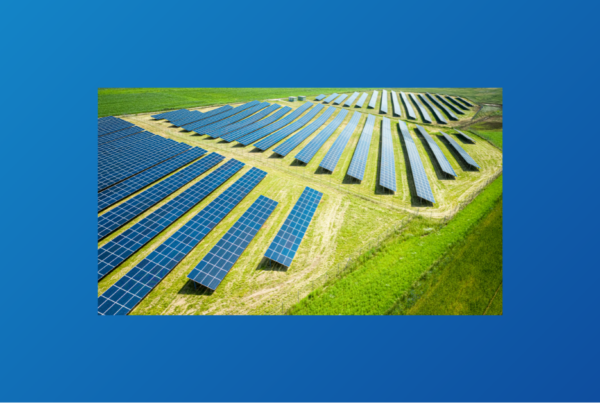
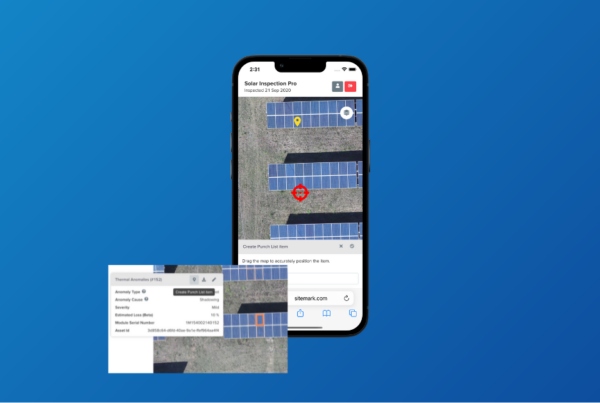
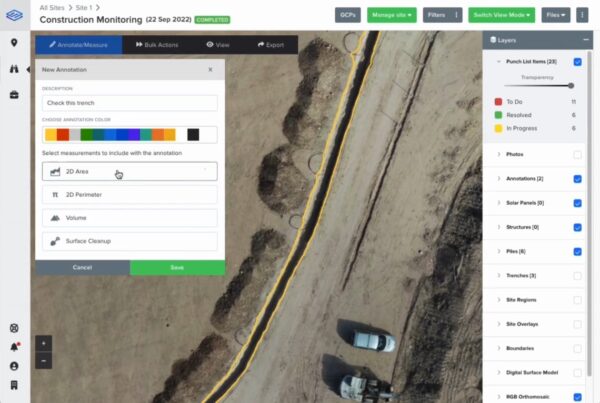

One Comment